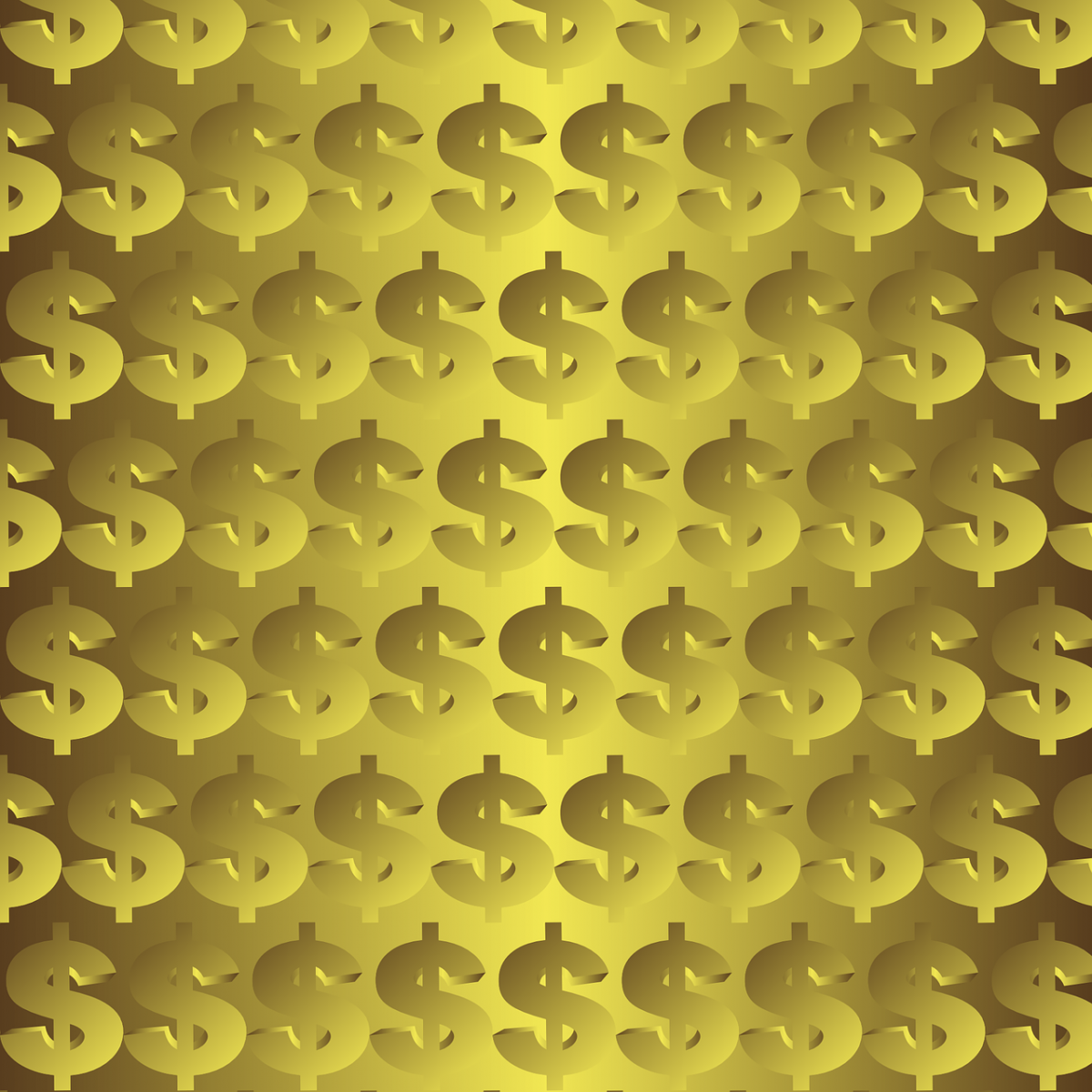The Eurekahedge Hedge Fund Index was up in June, wrapping up a very strong first half of the year for the hedge fund industry. The monthly increase of 1.83% reverses the down month of May, which in turn was a reversal of the strength of the first four months, with the first half of 2019 returning 5.84%. Roughly 24.7% of the hedge fund managers in the index have scored double-digit gains year-to-date.
Global hedge fund assets have grown by $2 billion year-to-date. Redemptions have been slowing down, so that the outflow figure of Q2 2019 is only $23.8 billion, in contrast to the $94.7 billion outflow of a year earlier.
Nonetheless, redemptions still exceed new capital. Net inflows were negative in June in every region except Latin America. The red ink (inflows, leaving performance to the side) was as high as $4.3 billion in Europe and $2 billion in North America. The amount by which the ink was black in Latin America was a modest $0.1 billion.
Once performance-based growth is added into the picture, Latin America leads in overall percentage change of assets for June. It scored a percentage increase of 0.99%. The second-best growth by region came from Asia ex-Japan, at 0.85%.
Dividing up the numbers by strategy, long/short equities had the stand-out performance in June, gaining $6.6 billion. Long/short funds had a percentage change in assets of the month of 0.30%. CTA/managed futures came in second at $3.1 billion, with a percentage change in assets of 2.44%.
The Asset-Weighted Index
The asset-weighted variant index, the Mizuho-Eurekahedge, was up 2.03% in June. All of the component indexes were positive, with the Mizuho-Eurekahedge Asia Pacific Index gaining 2.64%. In YTD return, too, all of the Mizuho-Eurekahedge indexes were in the black, with the strongest returns from the emerging markets and the Asia Pacific region.
Volatility and Insurance-Linked Securities
Moving on to volatility. The CBOE Eurekahedge Volatility Indexes consist of four equally weighted vol indexes—long vol, short vol, relative value and tail risk. They are designed to track the results of the respective vol-based strategies.
All strategies except for tail risk were down in June (a muted time for volatility). Tail risk, which had taken a big hit in May, was rewarded in June, when it was up 9.37%. Tail risk is a strategy that specifically seeks capital appreciation as a consequence of extreme-market stress.
On a year-to-date basis, long vol is the only one of the four vol strategies that is thus far negative. Tail risk is the best performer year-to-date, at a close to 5% return.
A word about insurance-linked securities (ILS). The Eurekahedge ILS Advisers Index gained 0.09$ in June. Year-to-date it is still in negative territory at 1.30%. The strategy has not recovered from the consequences of the Atlantic hurricane seasons of 2017 and 2018.
Eurekahedge on Hedge Fund Fees
This month’s Eurekahedge report also includes an intriguing discussion of hedge fund fees since the global financial crisis. For funds launched in the pre-crisis year 2006, average fees were still within hailing distance of the legendary “2 + 20.” The average management fee, globally, was 1.59%. The average performance fee for the same launch year was 18%.
For the newest funds, those launched in the first half of 2019, the average management fee is just 1.18% of assets. The average performance fee is just 14.43% of performance-based growth.
The simple numbers don’t tell the full story. Eurekahedge acknowledges that hurdle rates and high-water marks complicate the issue of what hedge funds actually charge. A hurdle rate is a minimum rate of performance-based growth that a fund must achieve before it can charge its performance fee. A high-water mark is a peak value of a NAV over a period of time, such that performance must surpass that mark in order to justify the performance fee.
As of June 2019, 84.2% of the live hedge funds tracked by Eurekahedge were using either a hurdle rate or a high-water mark. Roughly 18.5% had both.




